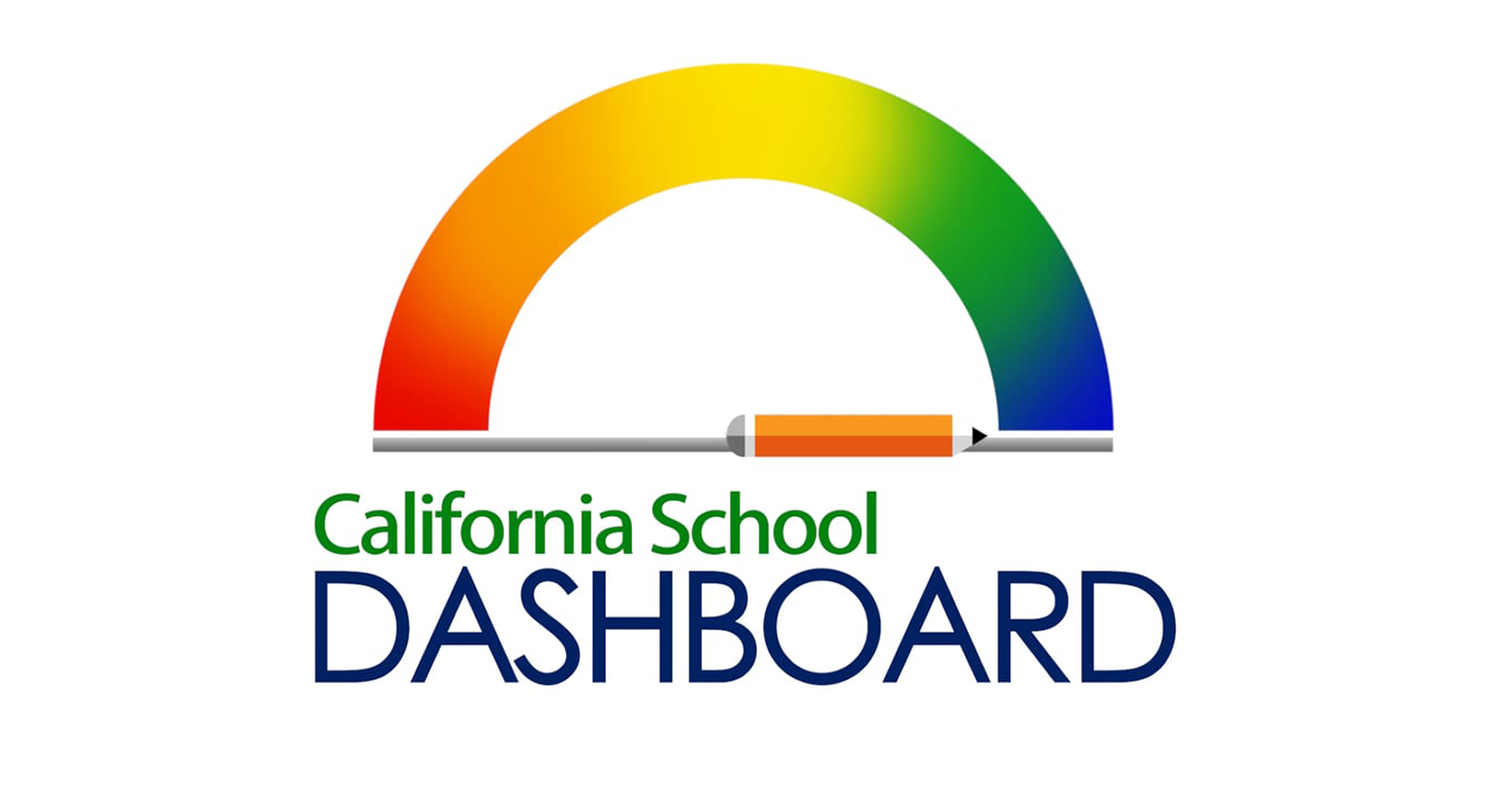
The Dashboard, first released in spring 2017 as the successor to the much-maligned Academic Performance Index, aims to assess students by going beyond test scores, providing parents with a fuller picture of student performance across the state by including measures such as graduation rates, suspension rates, attendance rates and college/career readiness benchmarks.
Statewide data on high school graduation, suspension and chronic absenteeism rates broken down by student group was released by the CDE in November and is incorporated in the new Dashboard.
“The Dashboard shows us which students have the greatest needs and which areas of our educational system need the most attention, which is exactly what it was designed to do,” said State Board of Education President Michael W. Kirst. “Challenges that once may have been hidden, such as how poverty, homelessness and disability affect student learning, are now in sharp focus. Conversely, it also shows us which school districts are succeeding so they can serve as models for others as we build professional sharing networks throughout the state.”
The following is a breakdown of some of the important changes to this year’s Dashboard:
An additional new color-coded indicator in the Dashboard gauges college/career readiness for schools, districts and county offices of education that serve grade 9-12 students.
A third and final major element of the new release is that the performance of students who attend alternative schools (such as continuation schools and community day schools) will be factored into indicators. Many of the schools are operated by county offices of education, and therefore the agencies will be evaluated by color-coded indicators for the first time.
Discussion and debate about the new indicators at the State Board of Education’s September meeting — including over the lack of high school data for chronic absenteeism — is highlighted in a California School News article at www.csba.org/DashboardChanges
Much of the focus in designing the new Dashboard centered around making the system more intuitive and navigable for parents and other community members. One noticeable visual change is the move away from pie charts, as the new version introduces a “gauge-style” icon where an arrow points to the corresponding color.
The system has 80 percent fewer pages than its predecessor, is designed to display better on a mobile device and will be translatable into Spanish come January 2019. A full look at some of these changes is available at www.cde.ca.gov/ta/ac/cm/documents/dashboardnewlook.pdf
To help offset some of those issues, schools, districts and county offices of education with less than 150 students will have a three-by-five grid applied to graduation rates, suspension rates and chronic absenteeism in this year’s Dashboard, rather than the previous five-by-five grid.
A resource for small districts to view is CSBA’s recently published governance brief, The California School Dashboard and Small Districts. The brief includes information on how the size of student groups affects the way state indicators are reported in the Dashboard, as well as examining other unique issues for smaller districts.